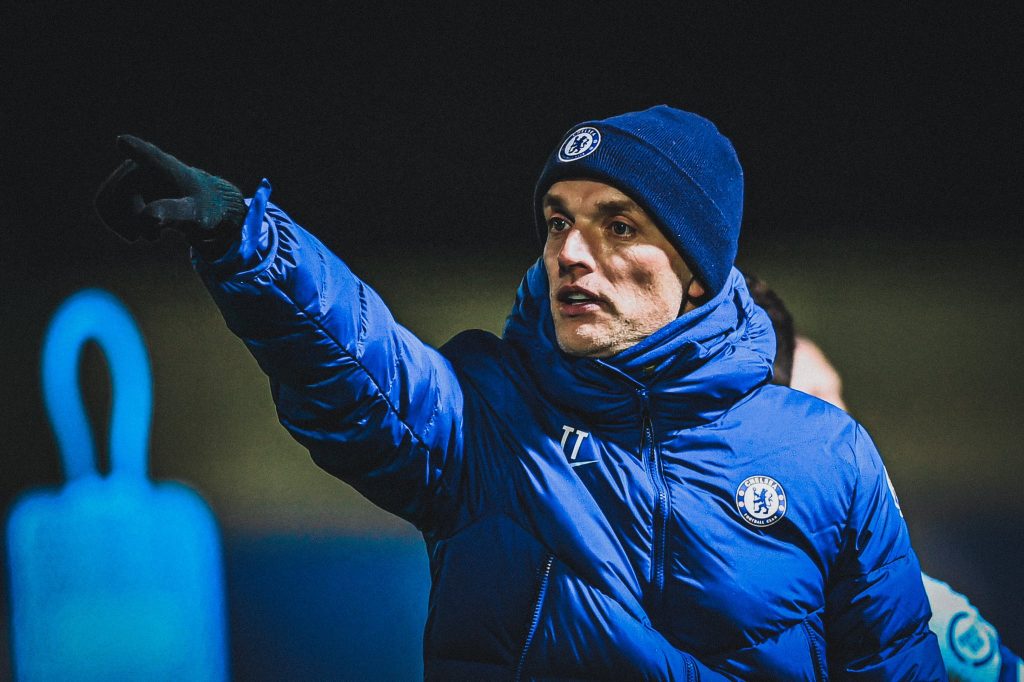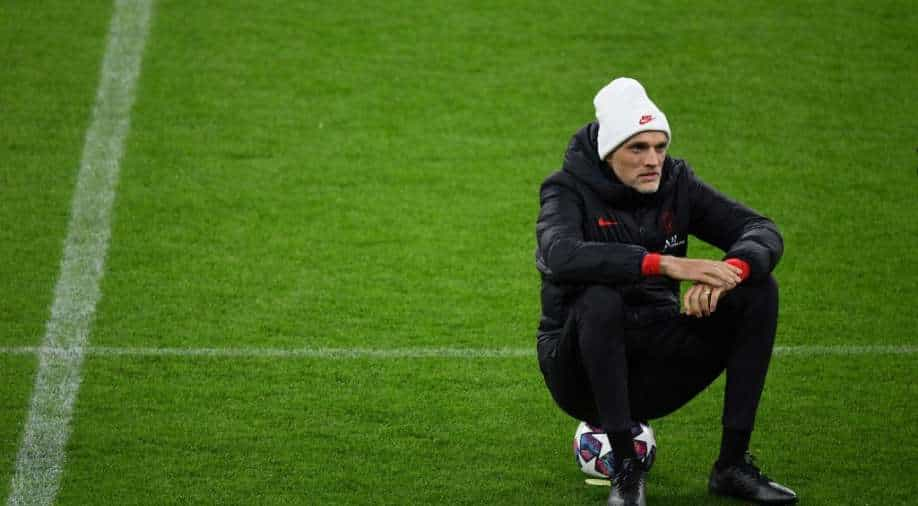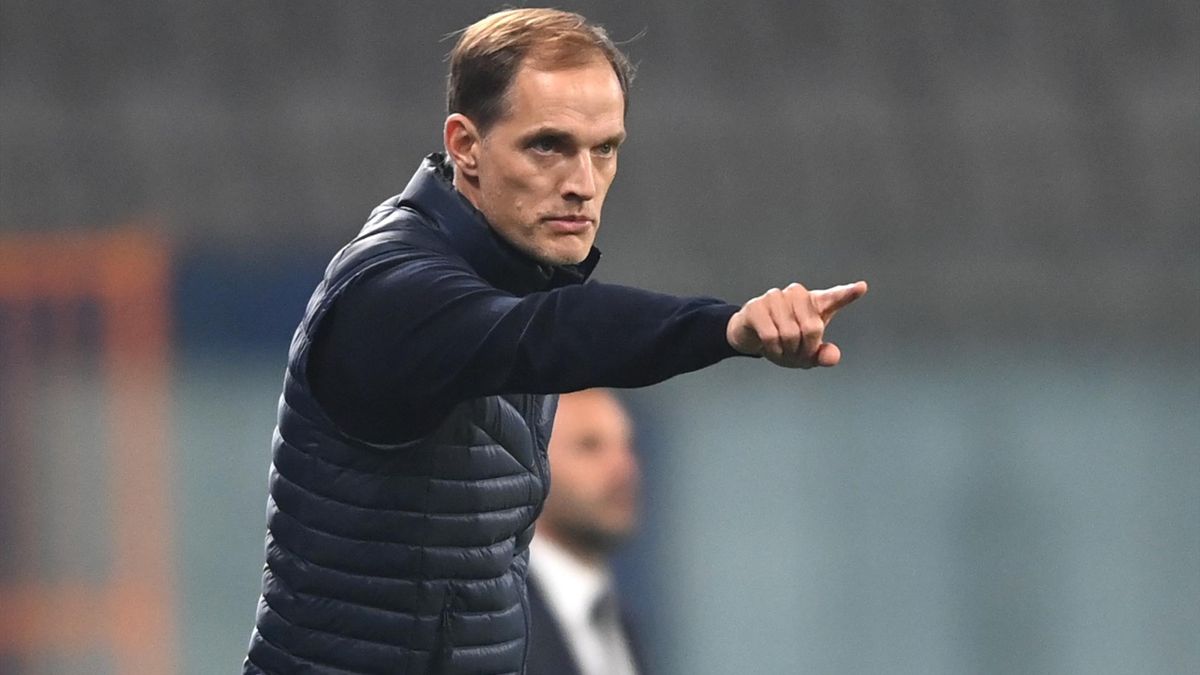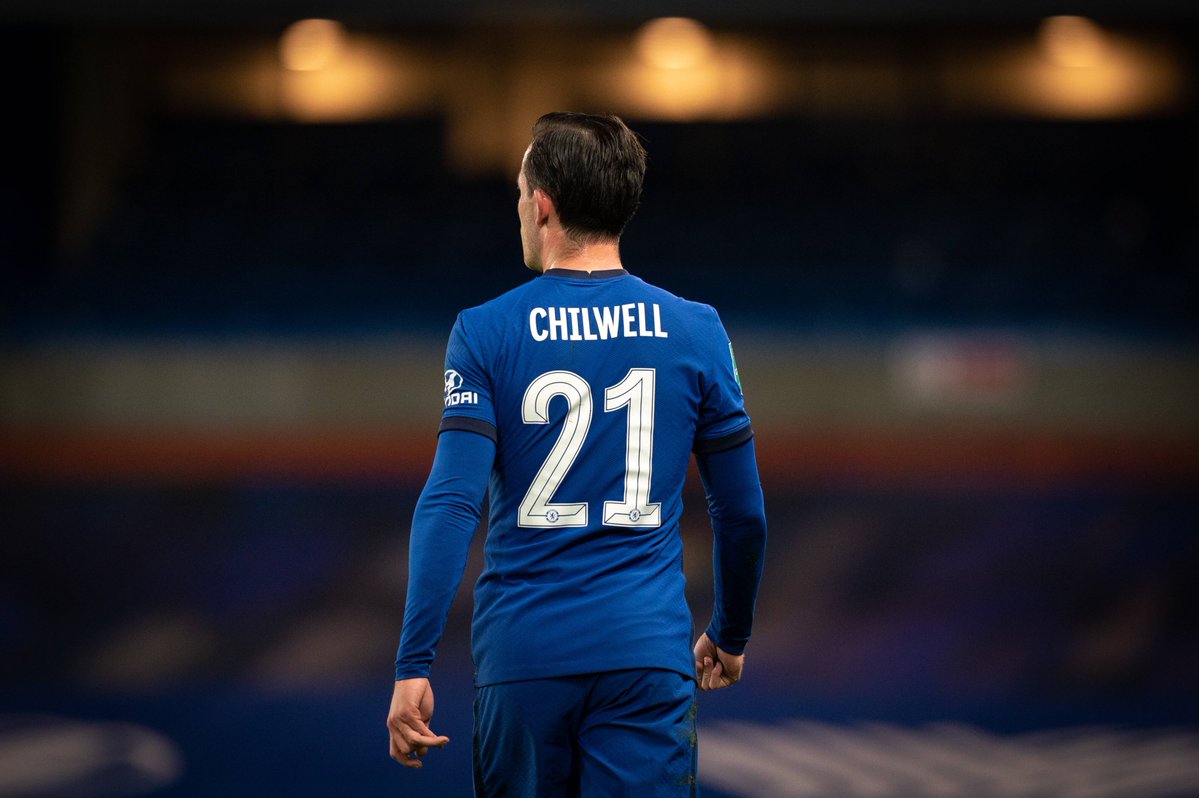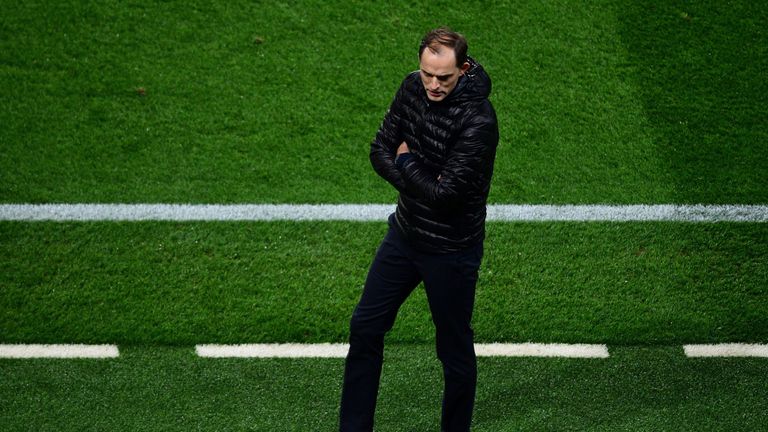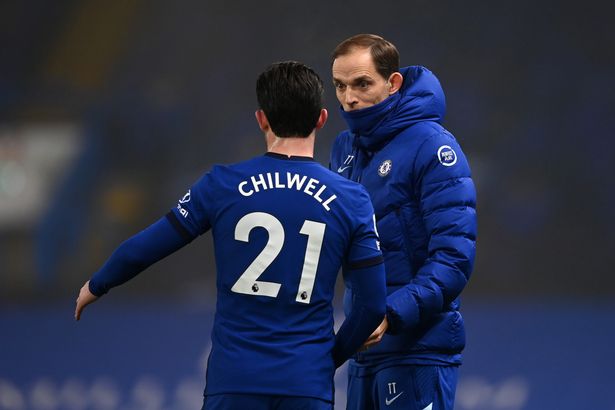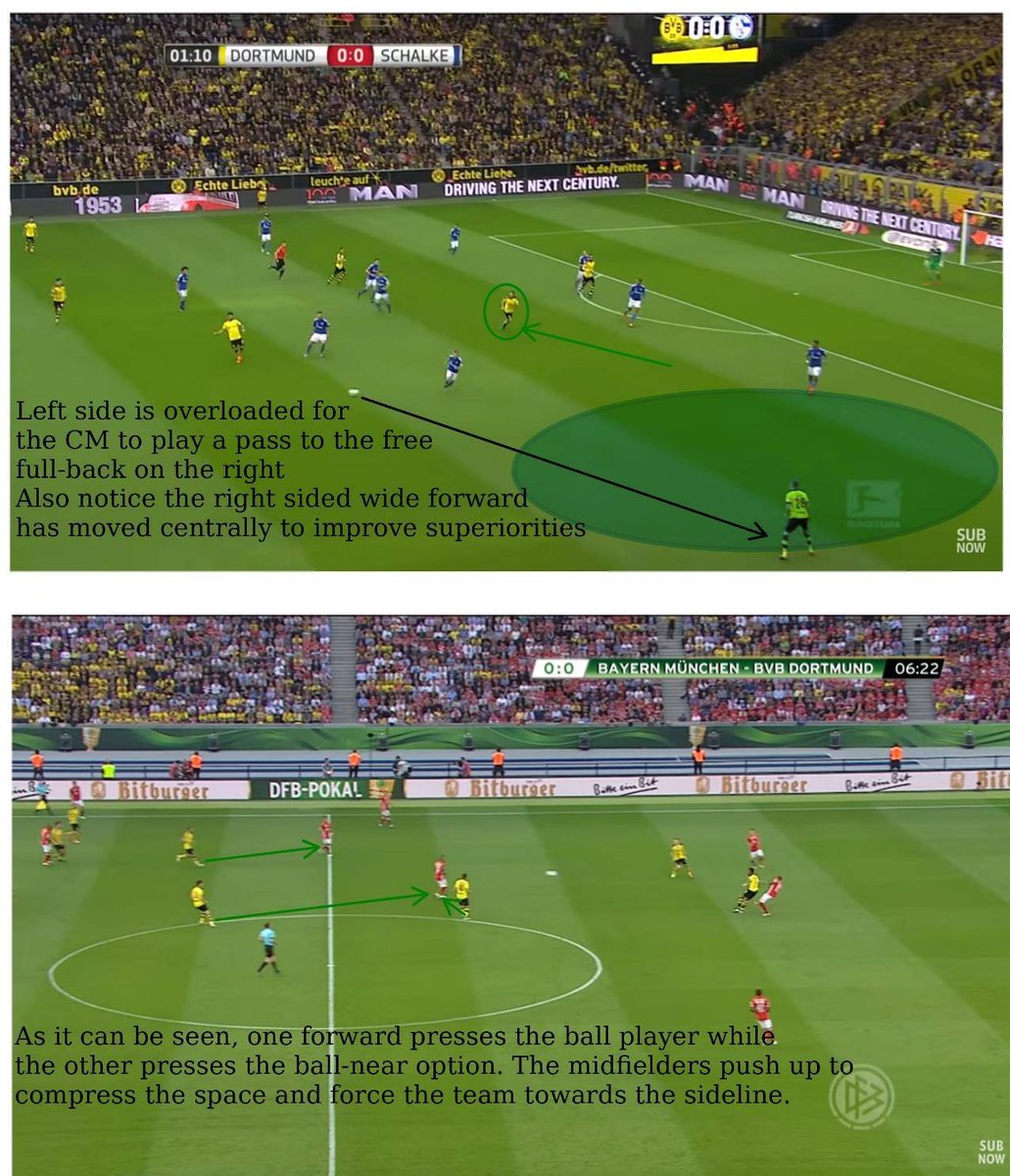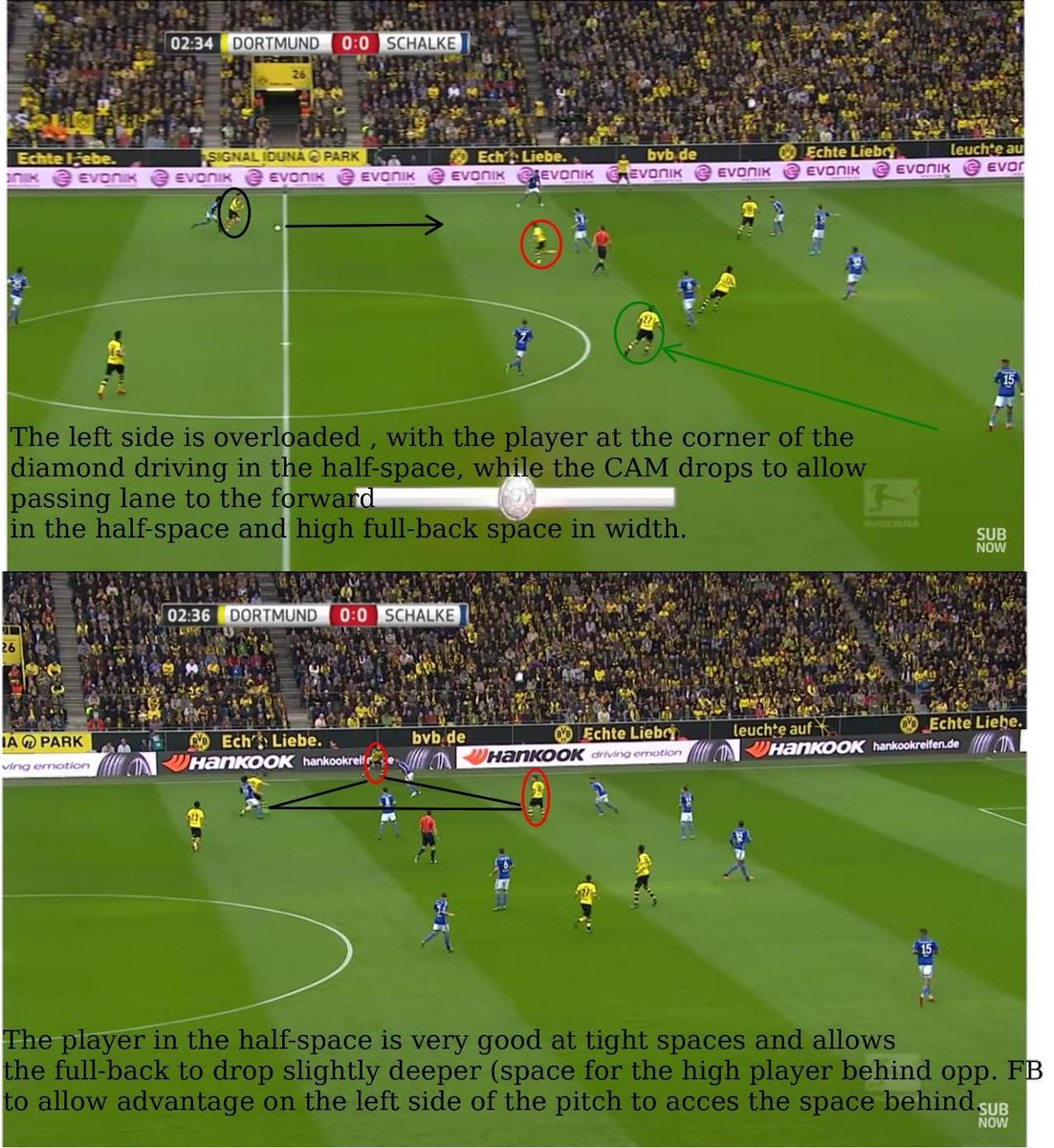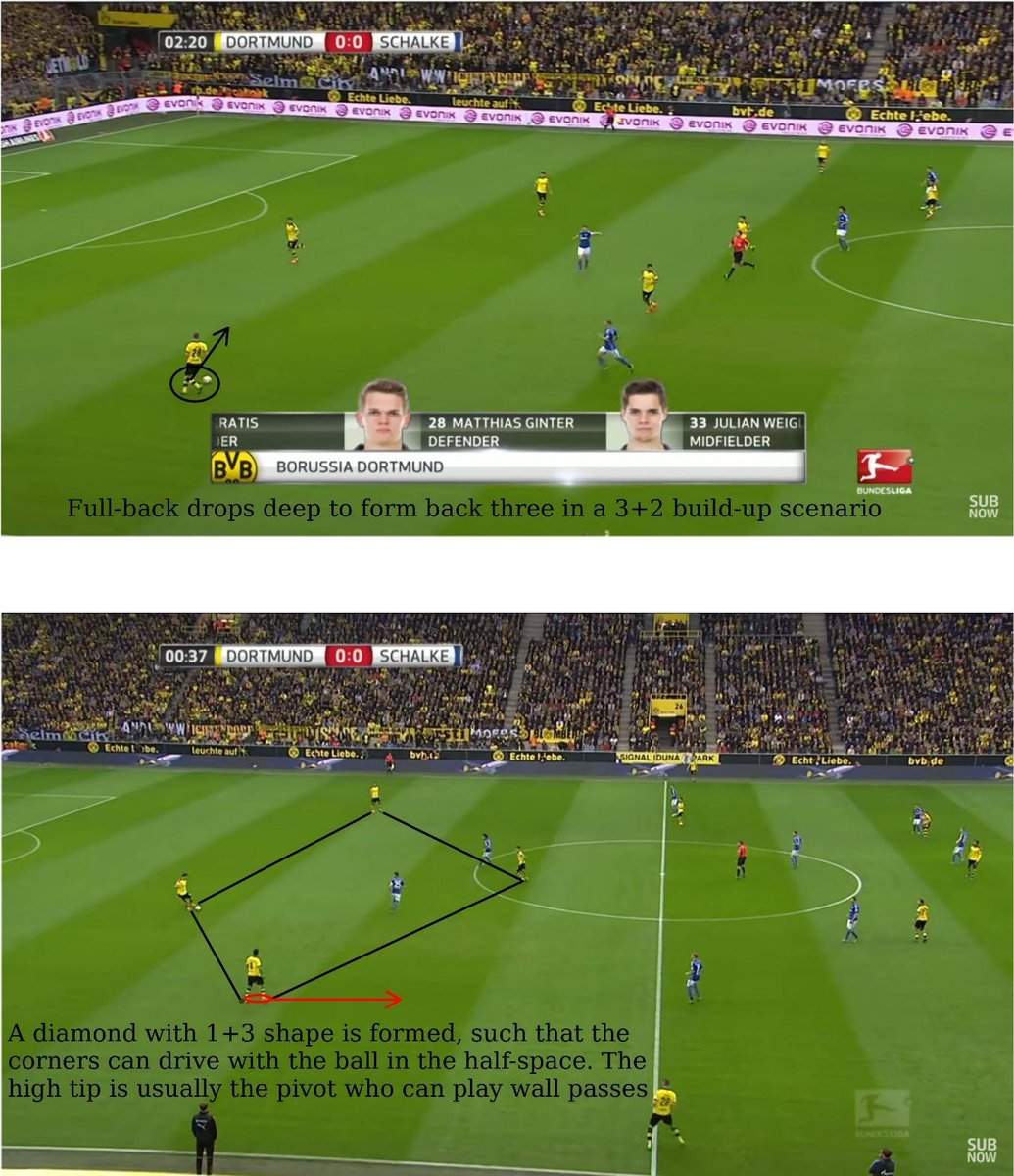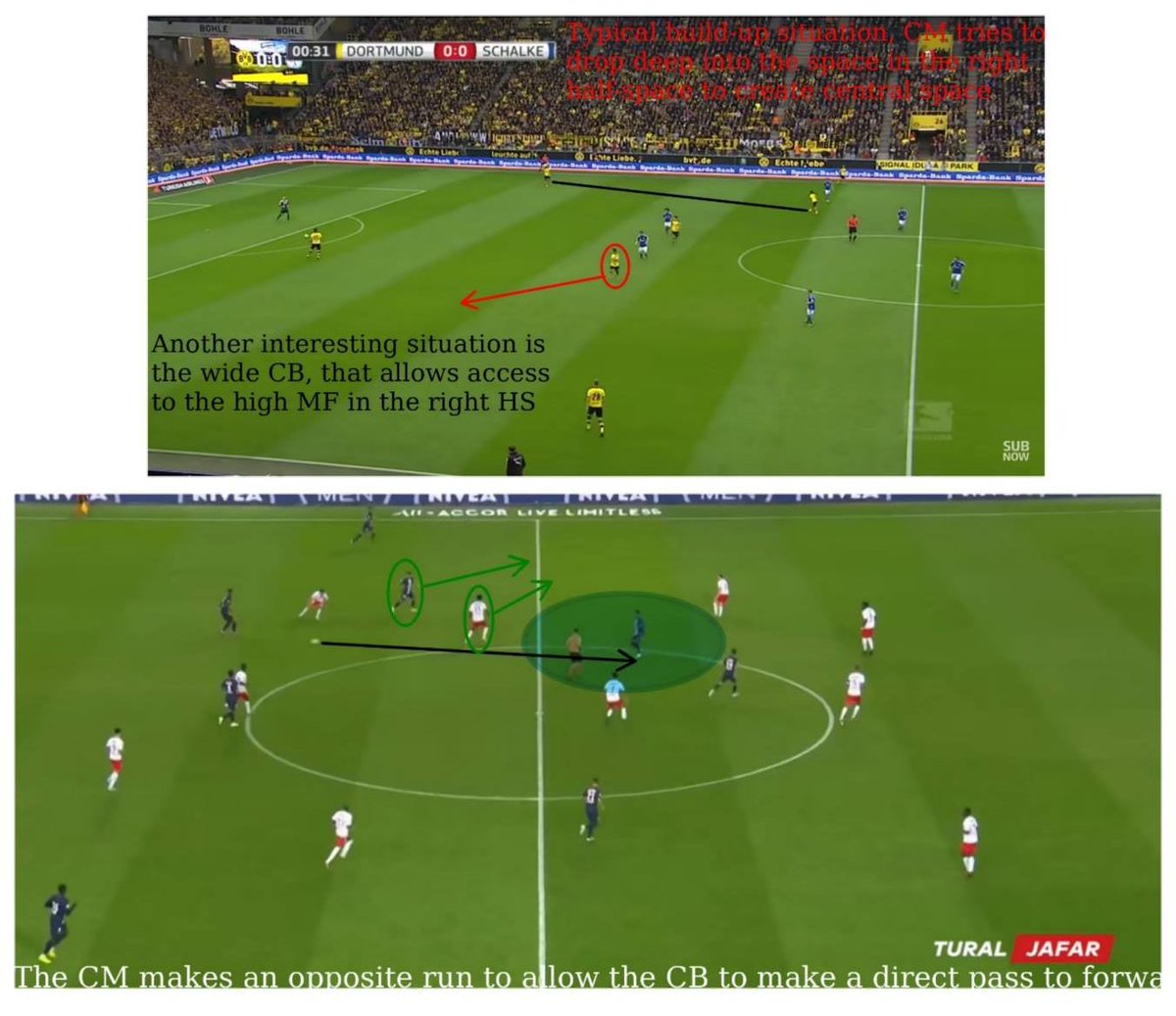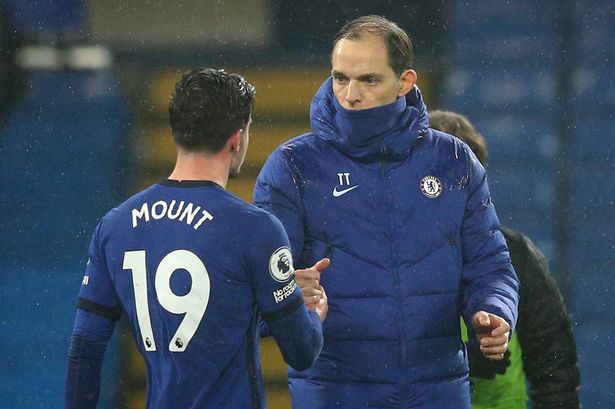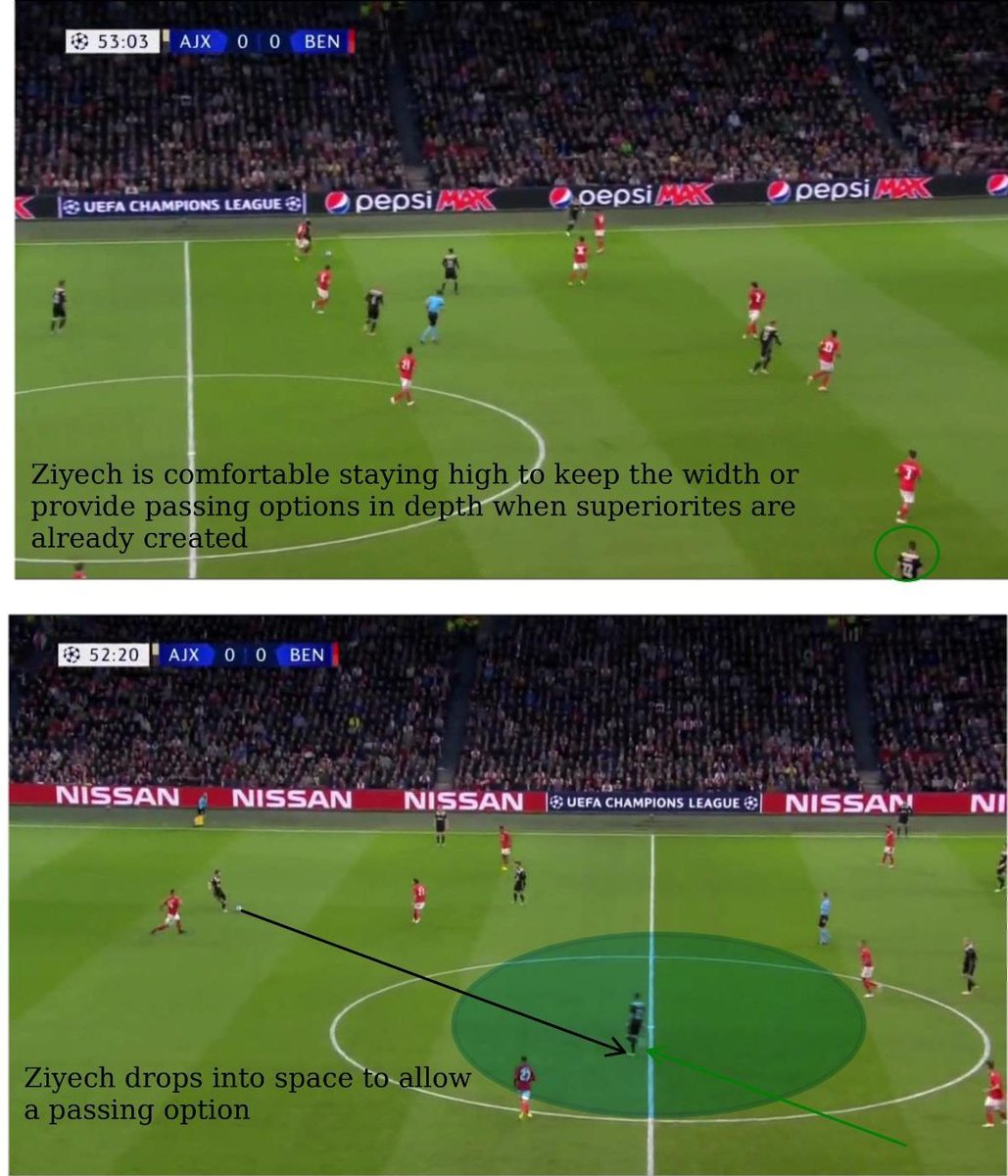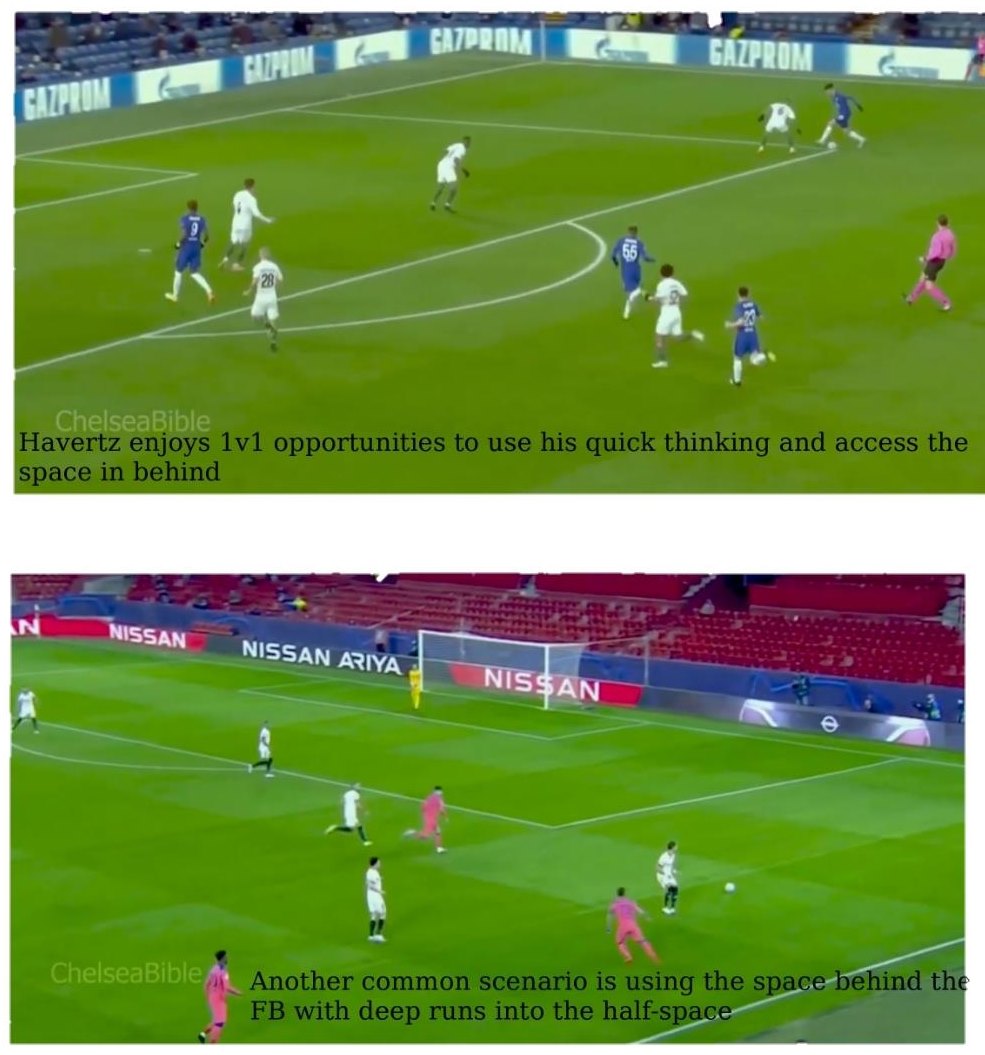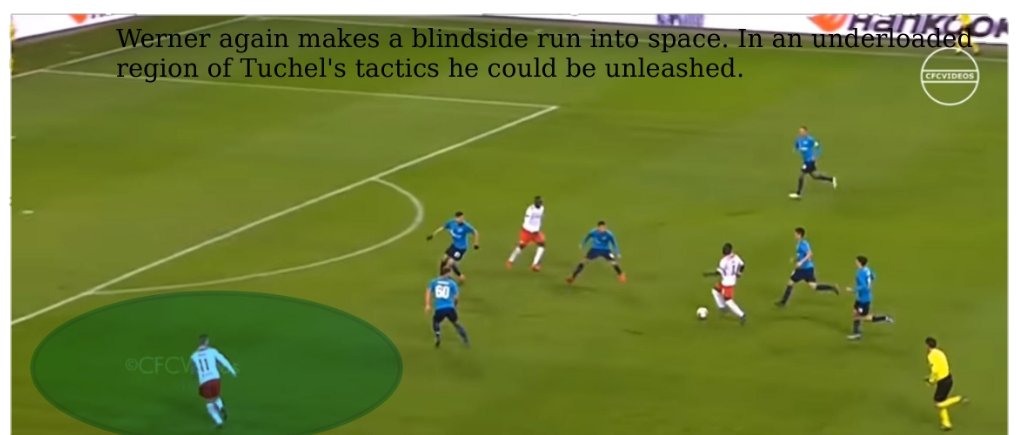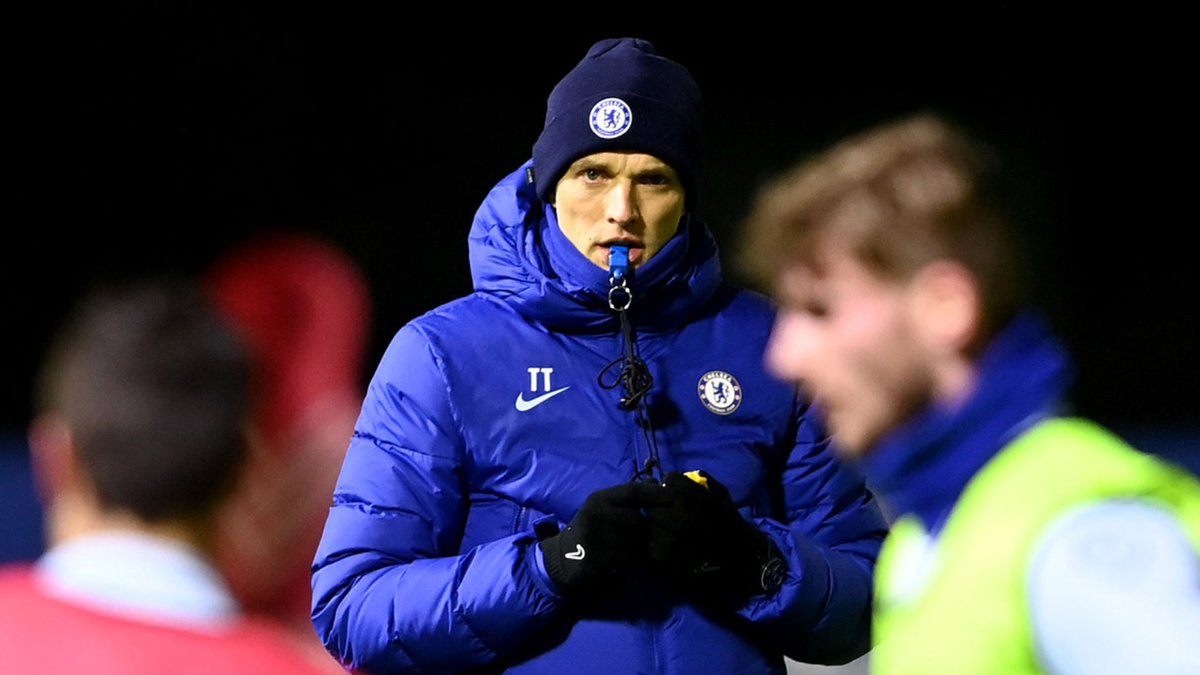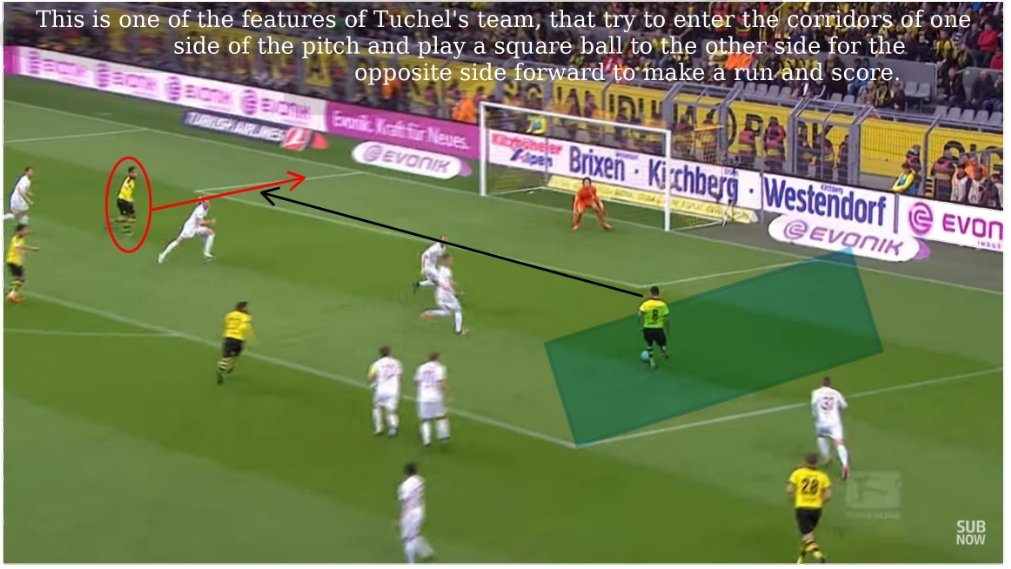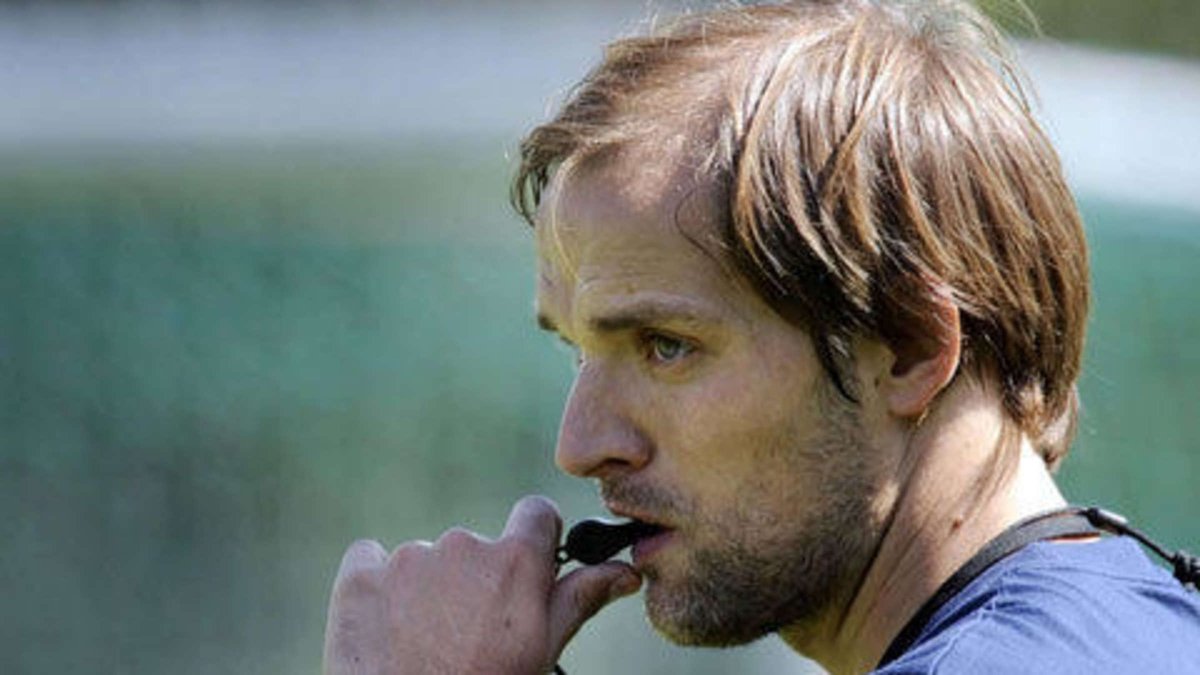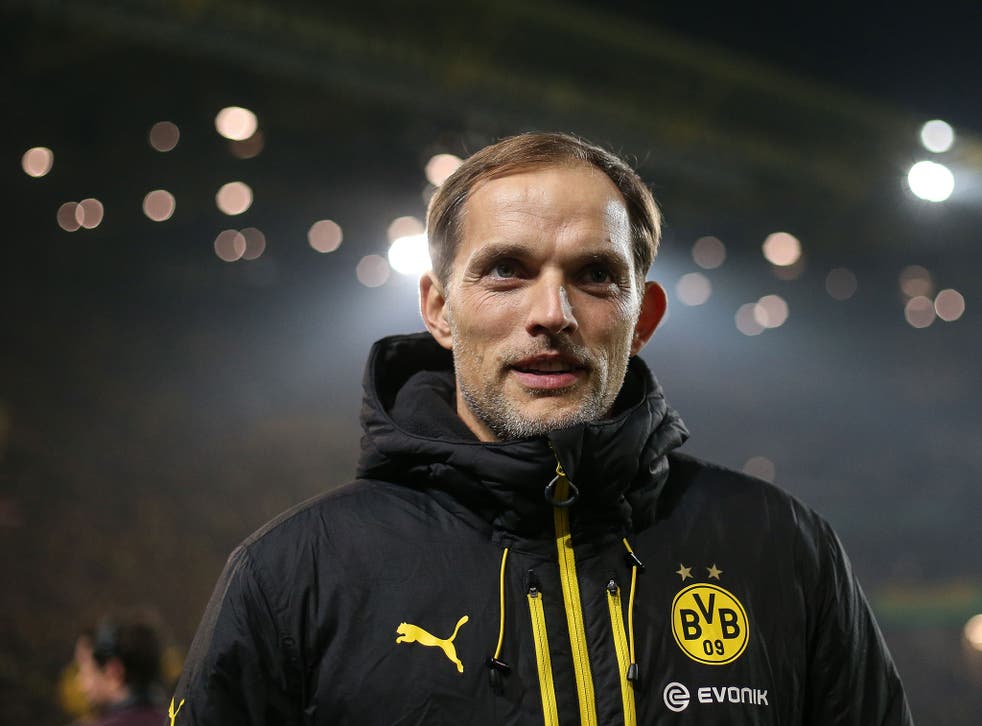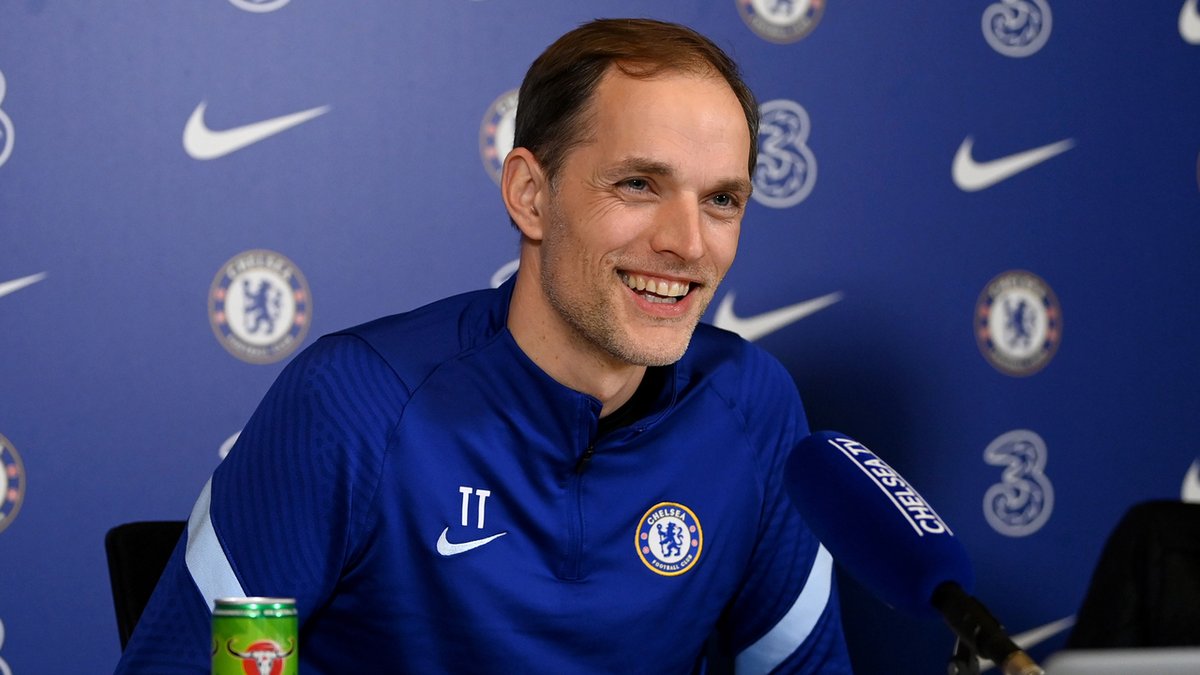Club legend Frank Lampard failed to bring in the glory days at Stamford Bridge. Following his departure, Chelsea has entrusted Thomas #Tuchel with that responsibility. Let's take a look at how Chelsea's first-ever German manager can help the Blues with his ideas.
The new Chelsea manager, Thomas #Tuchel, is very versatile in his build-up schemes as his main motive is to bring the ball out to the most dangerous situations in a swift manner.
In most situations, the opposition's two-forward system is dragged wider by using the two CBs and the GK in a three-man chain, triggering the FBs to move higher and pin the opposition higher up the pitch. He uses a CM who is good at driving into space and collecting the ball.
For Chelsea, considering Jorginho’s experience playing for a strictly positional team under Maurizio Sarri, we could expect him to perform a similar role through his off the ball, as Tuchel expects his pivots to block out any attacks ‘before they can happen’.
Against teams that press ‘hard’ centrally, he doesn’t mind asking the full-backs to stay deep to increase the width the opposition team has to cover to defend. (1/3)
This can be well executed if the rest of the Chelsea team drags the opposition narrow and towards the ball with free space behind the defence especially on the opposite flank as the full-backs, especially Ben Chilwell, are good at spraying long balls towards the forwards. (2/3)
Another common practice that Tuchel enjoys is providing the deep line with a direct route to bypass the second line to catch the opposition defence off-guard especially as most teams only keep a plus one leaving many 1v1 situations. (3/3)
Another common method is to invert the full-backs which allow a central and diagonal presence that was vacated by the pivot dropping into the defensive line while pinning the second defensive line of the opposition team narrow and allow passing lanes to the wide forwards.
Tuchel’s teams, in particular, rely on common principles such as dragging the opposition to one side to create an overload and then releasing onto the other, the important players playing in one of the two ‘holy’ half-spaces, the use of the diagonal passes and player movement.
In the middle third, usually, the ball-playing CB drives forward with the ball into the HS while his partner provides central security to form a diamond shape of 1+3. The tip of the diamond is usually the pivot that is given horizontal freedom to overload one side of the pitch.
Against good counter-attacking teams, he might as well go with a 3+2 that shifts into a 2+3 for more defensive prominence. Higher up the field, the most common rotation involved is the ball sided full-back moving high to pin the opposition wide player with the present player.
Against low block teams, the attacking midfielder makes sudden double movements (in conjunction with the high player in the half-space) to free himself up from his marker allowing space in front of him to collect and distribute. (1/2)
The wide player who has then inverted into the half-space is a trequartista, adept at receiving with his back to goal, combining with the teammates to drag the opposition and quick decision making to run in behind. Generally speaking, the playmaker is high up the field. (2/2)
With options on the bench and hope to try and fit the best players into a single line-up, Hakim Ziyech can carry on playing the free AM role well as he enjoys playing a free-roaming role to provide superiorities in the wide areas of either flank and find pockets of space. (1/2)
He also has good close control and passing range and enjoys half-space switches. He is adept at playing balls from deep in the half-space behind the defensive line which could help the team against low-blocks. (2/2)
Kai Havertz didn’t enjoy dropping deep to recycle the ball but on the other hand, can use his good ball control and quick decision making with his back to goal to combine and either play good diagonal passes in behind or make runs into the space left by players out of position.
Timo Werner playing as a lone striker didn’t seem to work very well nor did playing as a winger. He thrives off the shoulder movement into space from deep using his pace to beat the def 1v1 and seems the exact type of player that he adores in the final third of the light side
The most common routine that Tuchel can play is to allow Werner 1v1s against the backline by creating superiorities in the wide region, usually with the trequartista dropping deep into the half-space and with a FB and CM on either corner with a good ball-playing mid.
In the final third, Tuchel’s teams play quick one-touch football at high speed to allow their opponents less time to adapt to the fluidity, especially attacking the corridors of the penalty box and playing along the turf cutbacks.
Tuchel comes from the Stuttgart school of football where out of possession, teams counter-press with the motive to win the ball back high up the pitch and play the first ball to the players that are wonderful on the ball despite the limited time.
Thomas Tuchel has come a long way from being an admirable tactician at @Mainz05en and @BVB to an able man manager at @PSG_English. Although most of his previous stints ended with ‘a row’ between Tuchel and the hierarchy, he has always enjoyed his players' trust and admiration.
Although at @ChelseaFC, the axe is already looming over Tuchel’s head and the fans can only hope that it doesn’t bother him to execute his plans.
End of the thread.

 Read on Twitter
Read on Twitter